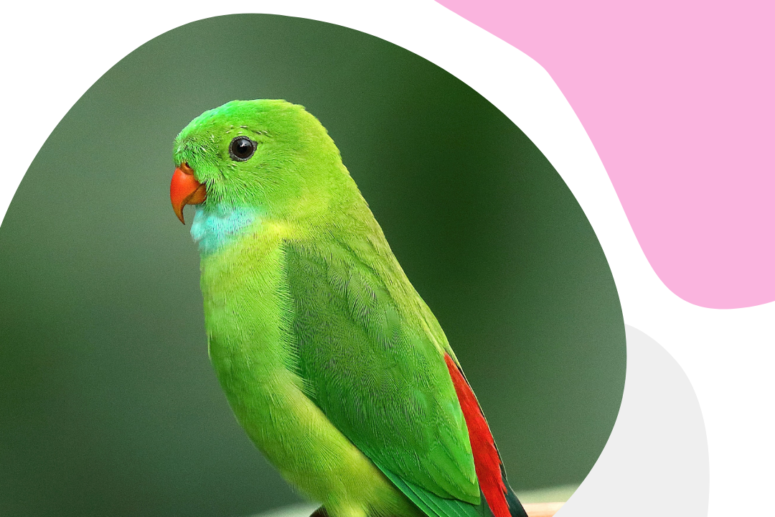
Have you ever found a sick or injured bird and wanted to help it, but unsure how? Birds are often found on the ground unable to fly and appear to be injured. Often you may not know the exact reason for their injuries.
If the bird has any obvious injuries (e.g. broken wing or leg, evidence of blood) – it will require immediate veterinary attention. Please take the bird to a wildlife hospital or vet as soon as possible. If you are unable to transport it, please contact a local wildlife rescue group.
Most common species of birds can be captured by placing a towel over the bird ensuring that the head is covered. Gently secure their wings, pick it up and place it into a cardboard box.
It is important, however, to observe the following guidelines when capturing and handling a sick or injured bird:
- Care must be taken not to restrict their breathing. They do not have a diaphragm and can be easily suffocated if the chest is restrained too tightly.
- Sick and injured birds should be housed in a cardboard box with holes punched in the sides for ventilation. Putting them in a wire cage can cause significant feather damage which may render them unreleasable.
- Line the bottom of the cardboard box with a towel.
- Birds of prey (raptors) can inflict nasty injuries with their talons and can sustain irreparable feather damage if housed incorrectly. It is best to call a specialised wildlife rescuer to capture and handle raptors.
- Large water and seabirds can also inflict injury with their strong wings and some species have a razor-sharp edge to their beak. They can also lash out quickly at your face so again, are best captured and handled only by an experienced wildlife rescuer.
It is important to remember that birds feel pain in the same way that mammals do, including us! Prompt veterinary attention will ensure that the bird will have the best possible chance of recovery.
Found a baby bird? Click this link for a guide on how you can help it.
